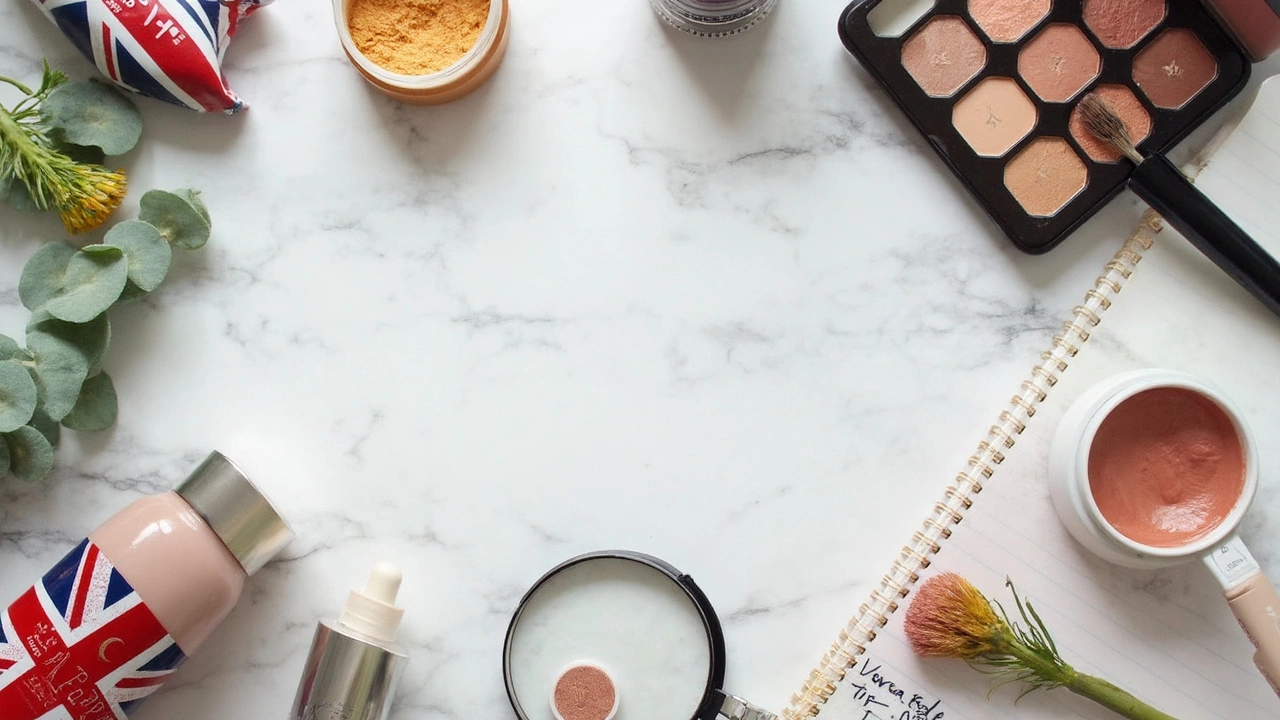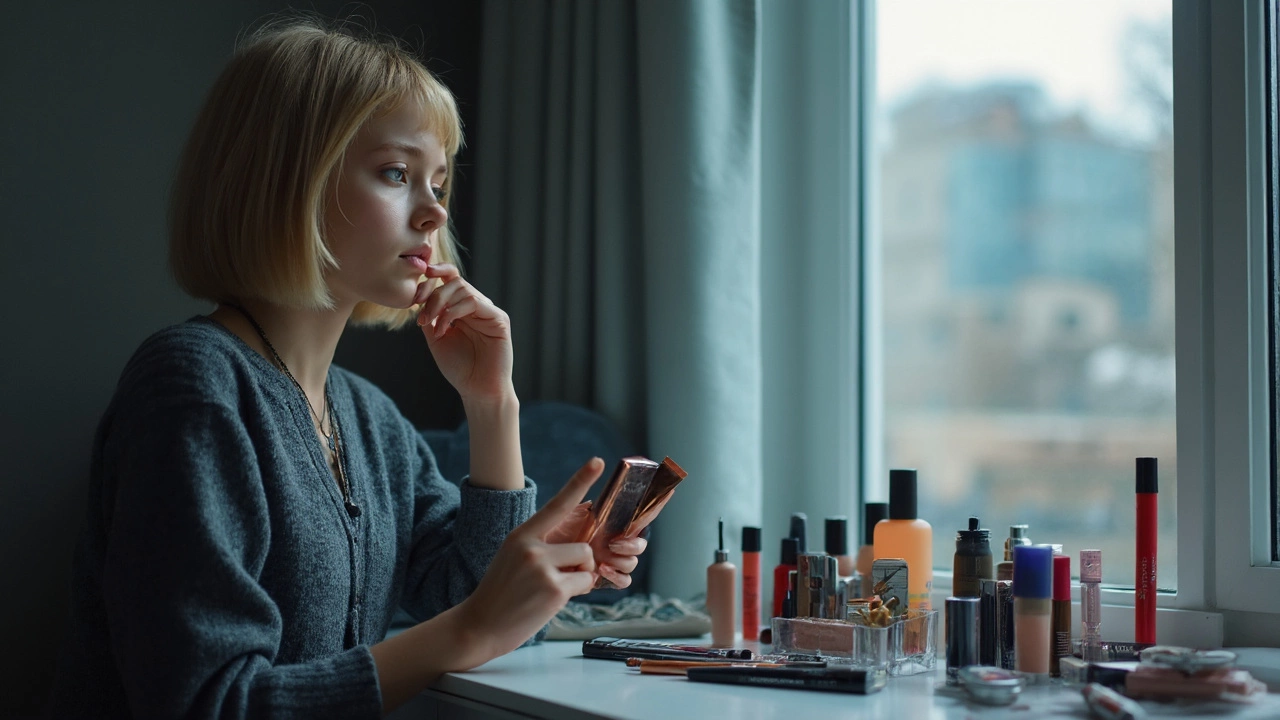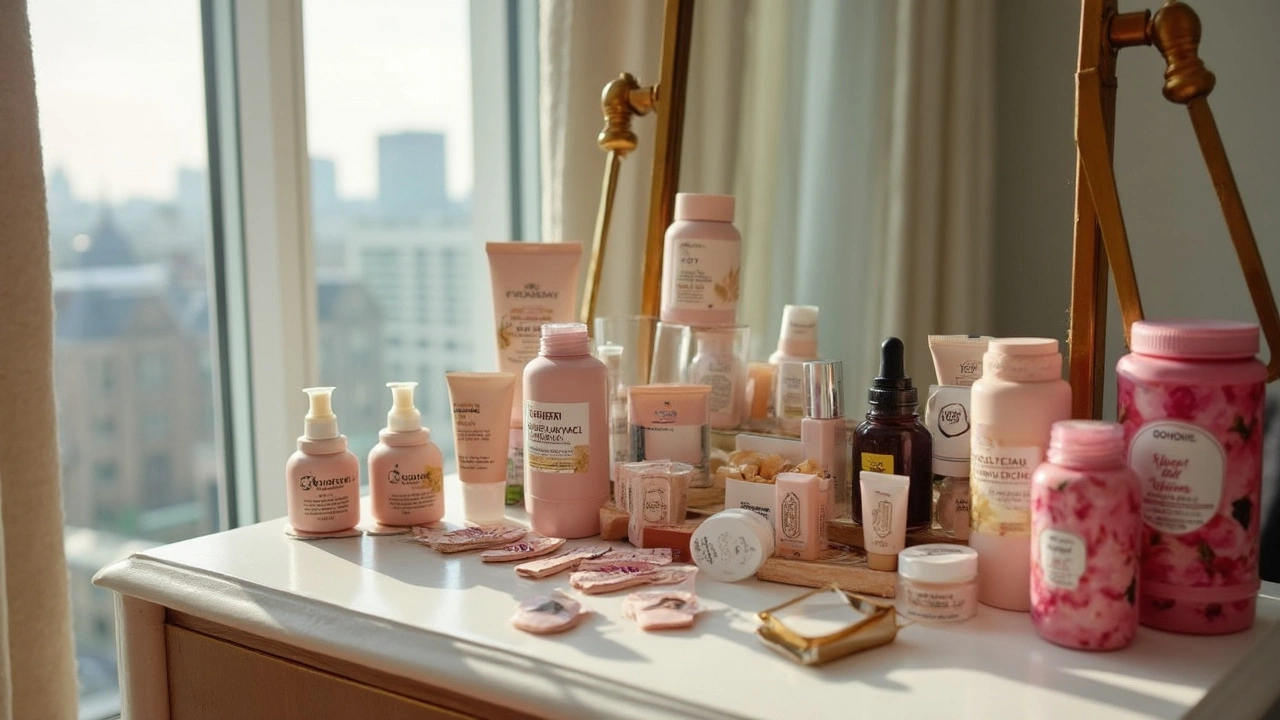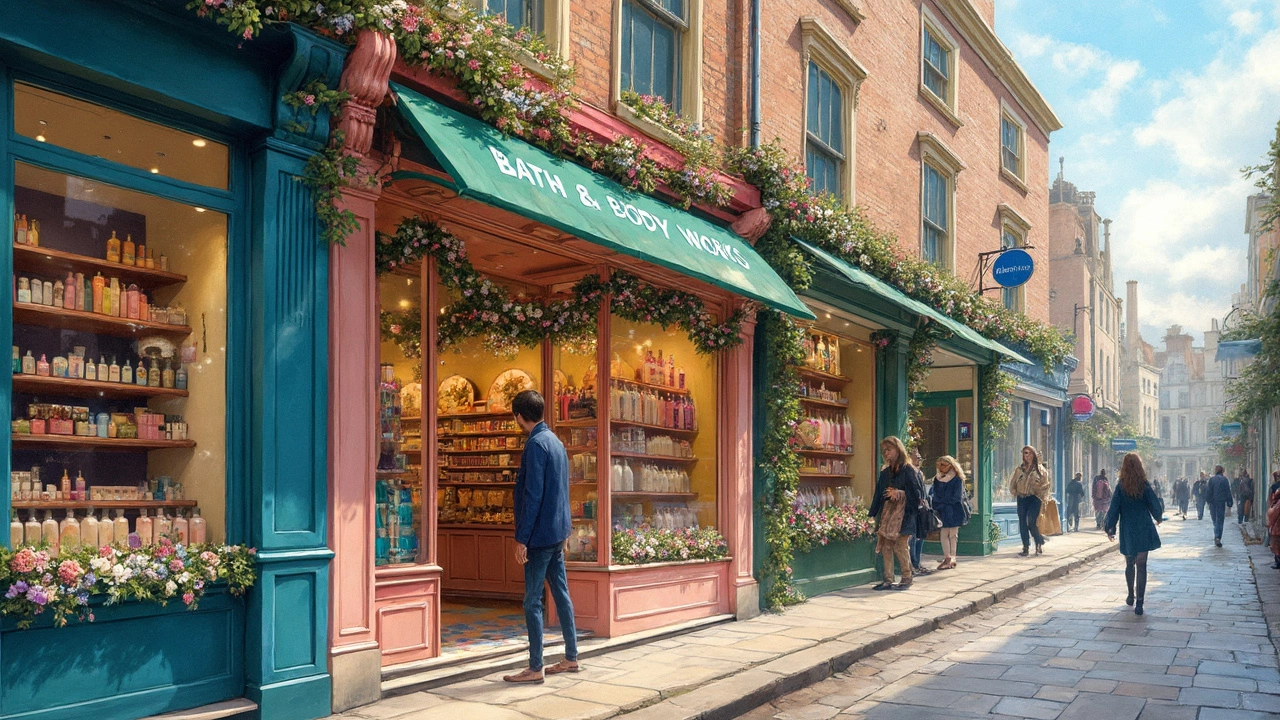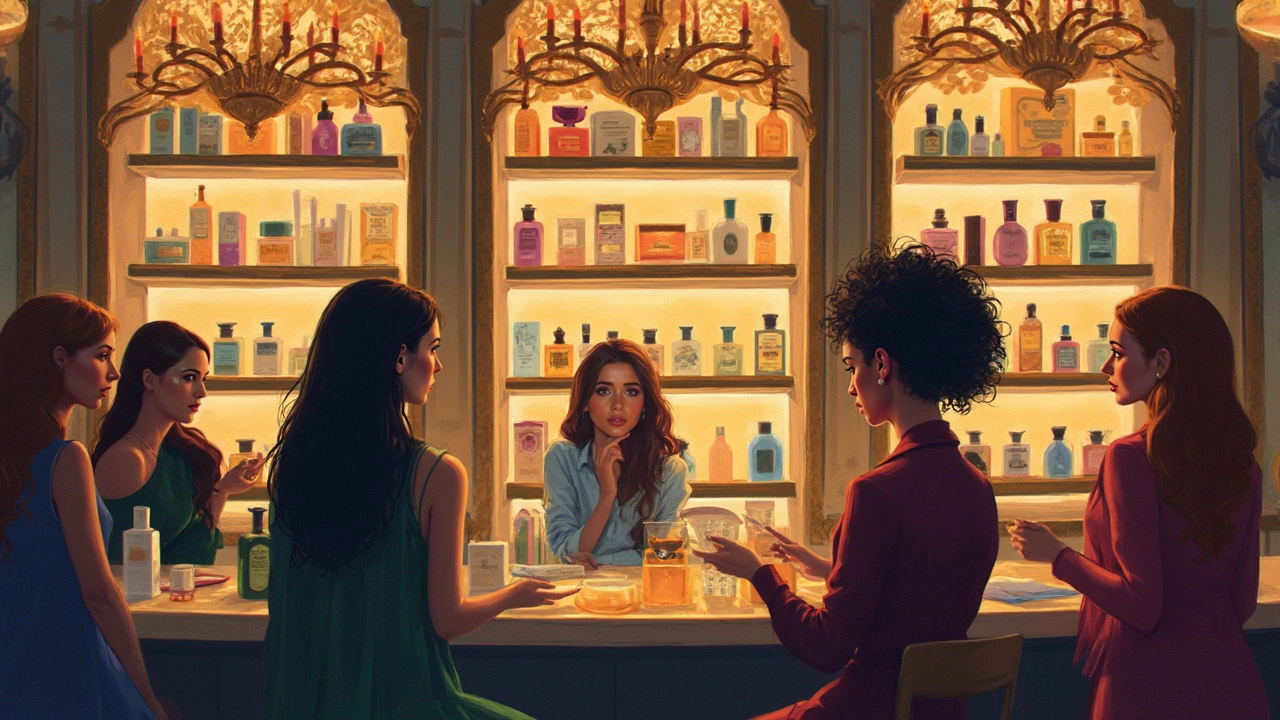Animal Testing in Beauty: Why It Matters and How to Choose Cruelty‑Free Products
Ever wonder why a label says “not tested on animals” or why you see protests outside a cosmetics factory? The truth is, animal testing is still part of many product approvals, especially for new ingredients. It means a rabbit, mouse, or fish might be exposed to chemicals that could cause pain or death. For most of us who care about what we put on our skin, that fact matters – it influences trust, price, and the overall feel of a brand.
The real impact of animal testing
When companies test on animals, they usually do it to prove safety. But the science isn’t perfect: an animal’s reaction can differ a lot from a human’s. That means a product could be “safe” for a lab rabbit yet cause irritation for your skin. Beyond the scientific limits, there’s an ethical side. Animals can experience stress, burns, and even death for a test that might never reach the market. For many shoppers, knowing that their favorite foundation, shampoo, or sunscreen forces an animal to suffer is a deal‑breaker.
Smart ways to go cruelty‑free
Choosing cruelty‑free doesn’t have to be confusing. Start by looking for trusted certifications like Leaping Bunny, PETA‑approved, or the UK’s British Union for the Abolition of Vivisection logo. These seals guarantee the product and its ingredients haven’t been tested on animals. Next, check the ingredient list – some compounds, like certain preservatives, are frequently tested. If you’re unsure, a quick search on the brand’s website or a direct email can clear things up. Many companies now proudly share their testing policies, so a little digging often pays off.
Another practical tip is to lean on online communities. Forums, Reddit threads, and Instagram accounts dedicated to cruelty‑free beauty constantly share new product launches and brand updates. When a brand announces a new line, you’ll often see a quick “cruelty‑free?” reply with the answer. Apps like “Cruelty‑Free Beauty” let you scan a product’s barcode and instantly see its status. These tools make it easy to stay informed while you shop.
Finally, consider supporting brands that invest in alternatives to animal testing. In‑vitro skin models, computer simulations, and human‑based clinical trials are growing fast. Companies that use these methods not only protect animals but also get more accurate safety data. By rewarding that approach, you help push the whole industry toward smarter, kinder testing practices.
Bottom line: animal testing still shows up in the beauty world, but you have the power to steer clear of it. Look for certifications, read ingredient lists, use community resources, and back brands that champion humane alternatives. Your skin—and the animals—will thank you.
Which Brands Do Not Test on Animals? A Clear Guide to Cruelty-Free Makeup
Discover which makeup brands truly don't test on animals and which ones claim to be cruelty-free but still support animal testing. Learn how to spot real ethical brands and avoid greenwashing.
Read More
Is Tarte Cruelty-Free? Your Go-To Guide for 2025
Wondering if Tarte is really cruelty-free? We get to the facts about their animal testing policy, certifications, and where their products are sold. Find out what makes a brand truly cruelty-free and what traps to avoid as a conscious beauty shopper. This article also shares some helpful facts and tips for picking ethical makeup. Whether you’re vegan, cruelty-free, or just curious, you’ll walk away with everything you need to know before your next haul.
Read More
Is Maybelline Cruelty-Free Now? The Truth in 2025
Curious if Maybelline is finally cruelty-free in 2025? The answer is more complicated than a simple yes or no. This article breaks down what 'cruelty-free' really means, Maybelline’s current stance on animal testing, and where their products are sold. You’ll learn useful tips for finding makeup that truly aligns with your ethical values. Get ready for clear, honest info—no sugarcoating.
Read More
Which Makeup Brands Skip Animal Testing?
Navigating the world of cruelty-free makeup can feel like a daunting task, but it's important for beauty enthusiasts who care about animals. Discover which makeup brands are truly cruelty-free and learn some interesting facts about the animal testing practices. Get practical tips on identifying ethical beauty products and make informed choices that align with your values. Empower yourself with knowledge to support brands that respect animals, as we delve into some of the best cruelty-free options available today.
Read More
Do Any Makeup Companies Still Test on Animals?
Animal testing in the cosmetics industry is a hot topic, with many consumers demanding cruelty-free products. This article explores which makeup companies continue to test on animals and highlights the growing trend toward ethical and cruelty-free beauty. Gain insights on spotting cruelty-free brands and discover why choosing these products is a step towards a kinder world. A must-read for beauty lovers who care about animal welfare.
Read More
Does Elf Beauty Test on Animals? Exploring Their Cruelty-Free Stance
Elf Beauty, a popular name in the cosmetics world, proudly carries the cruelty-free label, meaning they do not test their products on animals. Committed to ethical beauty, they aim to deliver high-quality makeup without causing harm to animals. Learn how Elf navigates the beauty industry while upholding these values and gain insights into why choosing cruelty-free brands makes a difference. Explore tips on identifying cruelty-free products and the importance of supporting ethical beauty choices.
Read More
Does Bath and Body Works Test on Animals? Unpacking the Truth
Bath and Body Works, a household name for scented lotions and fragrances, stirs curiosity about its animal testing practices. Is it truly cruelty-free? This article explores the truth behind their testing policies, offering insights into the beauty industry's ethical concerns. Get tips on identifying cruelty-free brands and find alternatives for conscious shopping.
Read More
Does Estee Lauder Test on Animals?
Estee Lauder's animal testing policy is a hot topic among beauty enthusiasts. While they committed to reducing animal testing, challenges in certain markets, like China, exist. Consumers increasingly seek alternatives that align with cruelty-free values, emphasizing the need for transparency from brands. Discover practical ways to navigate product labels and brands' policies effectively.
Read More

